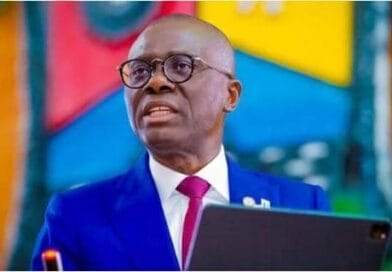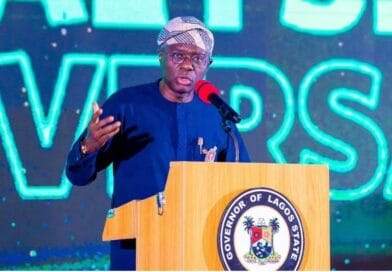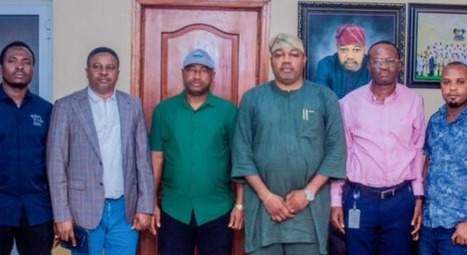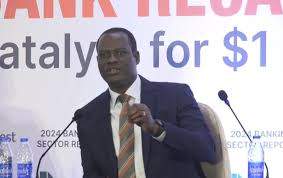From Morocco, with nostalgia
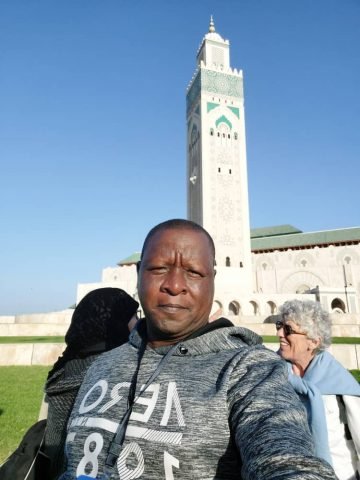
Kehinde Bamigbetan
Casablanca! Very few with ears for the alliterative would ignore the word. And the fact that it is the name of one of the commercial centres of Morocco makes the curiosity stronger.
So, long before I set my eyes on the sprawling shimmer that defined the city from the sky as the big bird lowered its body onto the runway, I had fantasies of how it would be and looked forward to the vibes.
Disembarking at the Casablanca airport to the warm embrace of my hosts, my body reacted to the coldness with goose pimples. The wind had free rein sweeping across the tarmac as I took the bus that conveyed passengers to the immigration desk.
I was prepared. I checked the weather of Casablanca before departing Lagos, Nigeria. My thick polyester overall kept me warm while I went through the wet evening and arrived Sofitel, off the Houphoet Boigny boulevard.
Certainly, celebrating Boigny with such an infrastructural gesture, is evidence of excellent fraternal relations between both countries. Ivoriens constitute a significant segment of the traders in the markets.
I took a long walk of about six kilometres on this boulevard, impressed by the markets and the struggle for space to sell merchandise typical of urban cities. Hernando de Soto comes alive here. The walkways abutting the markets are taken over by men and women selling small articles. The entrances by dark Ivirien women looking for customers who wish to plant braids or other African styles. At that moment, my mind returned to Ikeja under the bridge and its hairdressers.
More impressive were the recreational gardens within the commercial corridor, greener landscapes to sit and catch your breath amidst the hustle and bustle of this city.
Even, the city is in a hurry. It is laying new train tracks and building hotels up to 22 floors and above. I counted three such projects around Sofitel alone. Well-paved roads for red taxis and high-capacity Marco Polo buses ease commuters and traffic. Like Lagos, Casablanca is open for business.
That works well if you speak French or Arabic or Spanish. English-speaking visitors like me had to dust up the French learned in secondary school to make conversation.
Comment Vous appelle Vous? A passerby who took interest in me asked for my name. I answered: Je m’appele Kehinde. That was how far I went. This time, I wished I had listened more to Reverend Father Van der Peet who taught me French.
What language could not do, the human art of gestures achieved. I and the merchants reverted to prehistoric times when the sign was the language of commerce. Incredibly, we achieved a lot with the soundless conversation making it easy to get whatever I needed.
Casablanca, as I saw it, was a total contrast between night from day. The nights are more silent. The streets were deserted. The city turns its energy to music in the nightclubs and life for those who make a living under the sheets.
If the fast pace of Casablanca feels like a music track on fast-forward, Rabat, another city that I visited on this trip is the pause. Rabat, the capital of Morocco is so resplendently green it fills other capitals with envy. Apparently, by deliberate policy, acres of gardens stretch beyond view in luscious greenery, and the trees open their branches to welcome visitors.
Like others, the Sofitel, Rabat subscribes to the green revolution. It has a large garden space with fountains. A perfect location for rendezvous and meditation. The palace of Mohammed VI, the king of the Moroccan kingdom exudes this earthly hug of climate change. Everywhere you go in Rabat, the gardens shape how residents relax. For a moment, you forget that you are in North Africa, where deserts and dunes dictate the tune.
It was in Rabat that I encountered kouskous, a local delicacy, that Najlac Benbarek, my hostess told me is made from flour. The couscous, like every meal in Morocco, starts and ends with bread. The omnipresence of bread on the menu reminded me of my childhood when we had access all day to my father’s bakery and turned bread into snacks.
For someone who left Casablanca for Rabat, Dikhla, the third city on my journey, is another kettle of fish. Although a port city like Casablanca, it hosts a fishing company that serves the world.
The parks are filled with women who have brought their children to ride electric motorcars or play games. Unlike Casablanca where there is an evident struggle for space to sell cheap commodities by the poor who couldn’t rent shops, the authorities of Dikhla have in place enough space between the markets and the hotels for such people to sell their articles.
The feeling a visitor gets on its main street is of a populace contented with their lot in this special city in the Kingdom.
As my time gradually ran out, I had to hope that, when next to Morocco, I will be able to visit Marakesh and Fez. Both cities have been on my mind since my secondary school days when stories of the Trans-African trade that fed European markets with goods made me proud that Africa has always been part of the world.
For now, home and duty call.



